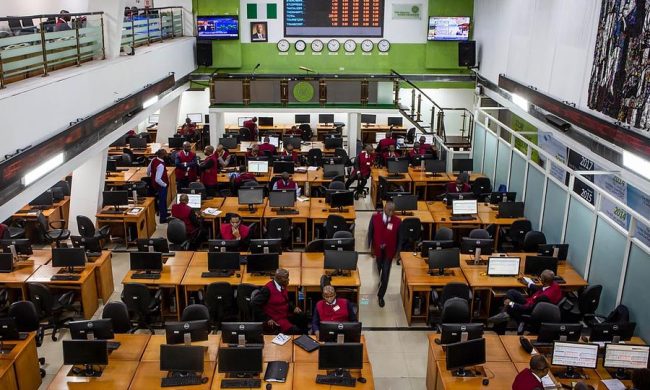World stocks, on Friday, May 4, were set for their biggest weekly loss since the middle of March, while the dollar hovered near highs hit on its recent rally as investors awaited jobs data from the United States.
The MSCI All-Country World Index .MIWD00000PUS, a gauge of stocks across 47 countries, was up less than 0.1 percent on the day. It was set for a 1.2 percent loss this week, its highest since the week ended March 23.
Gains in Europe outweighed earlier losses in Asia, where Indonesian stocks .JKSE sank as Japan was closed for a holiday. Broad-based gains in European banking stocks .SX7P helped lift the pan-European STOXX index 0.3 percent.
Meanwhile, the dollar rose against a basket of currencies .DXY, hugging recent highs posted on the back of a sharp rally that has fully reversed its 2018 losses. The currency was set for its third week of gains.
Analysts at ING reckon the dollar’s recent reversal is likely to be short-lived.
“When dissecting the anatomy of this dollar correction, we feel it exhibits all the hallmarks of a short squeeze. Positioning had clearly been stretched,” they wrote in a research note.
While short dollar bets have receded somewhat, they are still holding near a record $28 billion registered in late April. Bearish dollar bets have ballooned rapidly over the last year on expectations that Europe and the UK will start normalizing monetary policy as growth momentum spreads.
Investors’ focus was now on U.S. payrolls data, due at 1230 GMT, with the April report likely to underscore labor market strength.
Non-farm payrolls were likely to have increased by about 192,000 last month, according to a Reuters survey of economists, after rising only 103,000 in March.
But it will be the wages figure that analysts will focus on.
“A further pick-up in the pace of wage gains could be the ‘smoking gun’ for the Fed (Federal Reserve) to express any shift away from ‘roughly balanced’ risks to inflation,” said Mizuho analyst Vishnu Varathan in a note.
Chinese shares stumbled, with the blue-chip index .CSI300 off 0.4 percent and Shanghai’s SSE Composite .SSEC down 0.3 percent.
MSCI’s broadest index of Asia-Pacific shares outside Japan .MIAPJ0000PUS fell 0.5 percent, and looked set for a third straight weekly loss.
The difference between German and U.S. government bond yields was close to its highest in nearly three decades.
Both the short-dated US2DE210=RR and long-dated US10DE10=RR “transatlantic spread” between U.S. Treasuries and German Bunds, at 307 and 241 basis points respectively, were just a shade away from their highest levels since early 1989.
Inflation in the euro zone, at 1.2 percent, fell short of expectations in the first quarter of the year, according to data released on Thursday. After stripping out the effects of energy, processed food, alcohol and tobacco, it was even lower, at just 0.7 percent.
U.S. consumer prices, on the other hand, accelerated in the year to March towards the Federal Reserve’s 2 percent target, Reuters reports.













